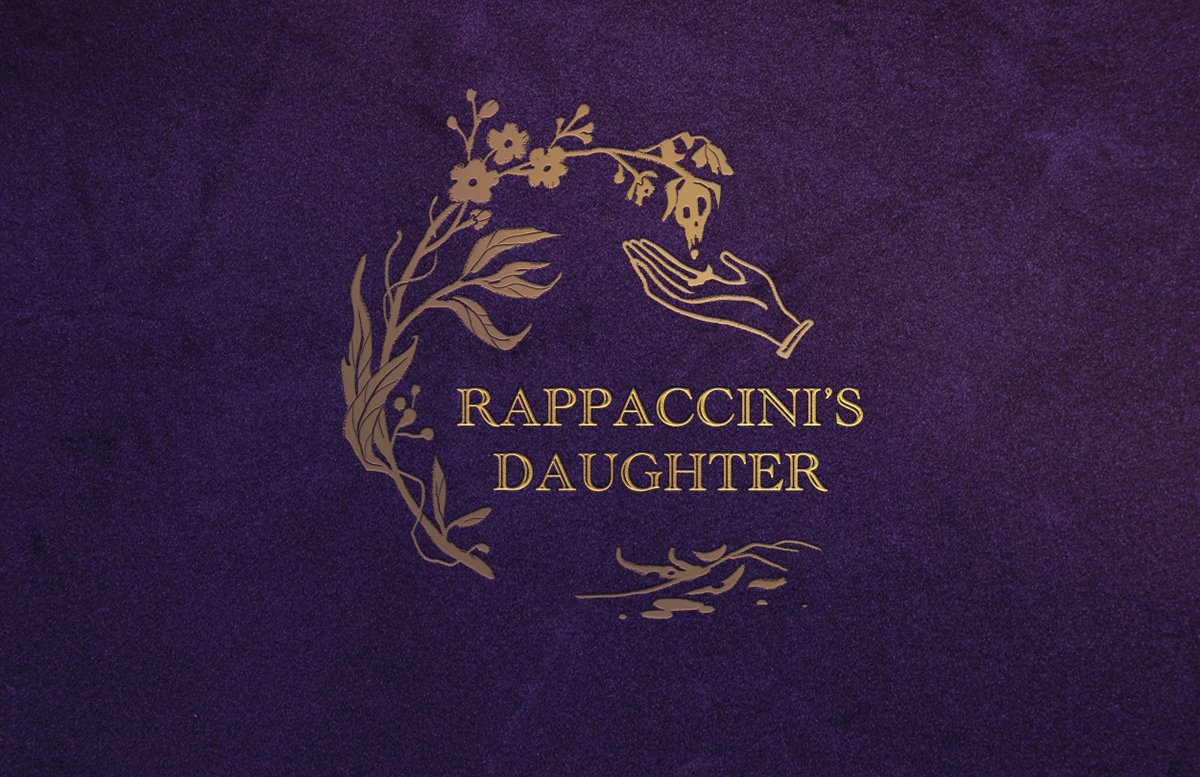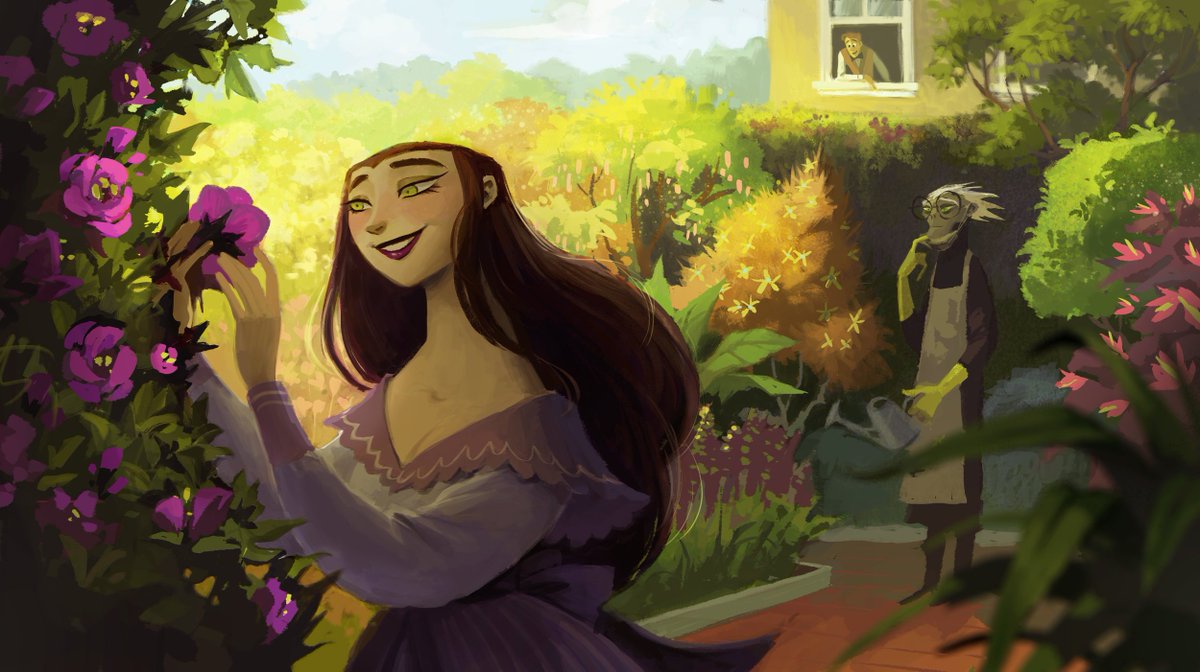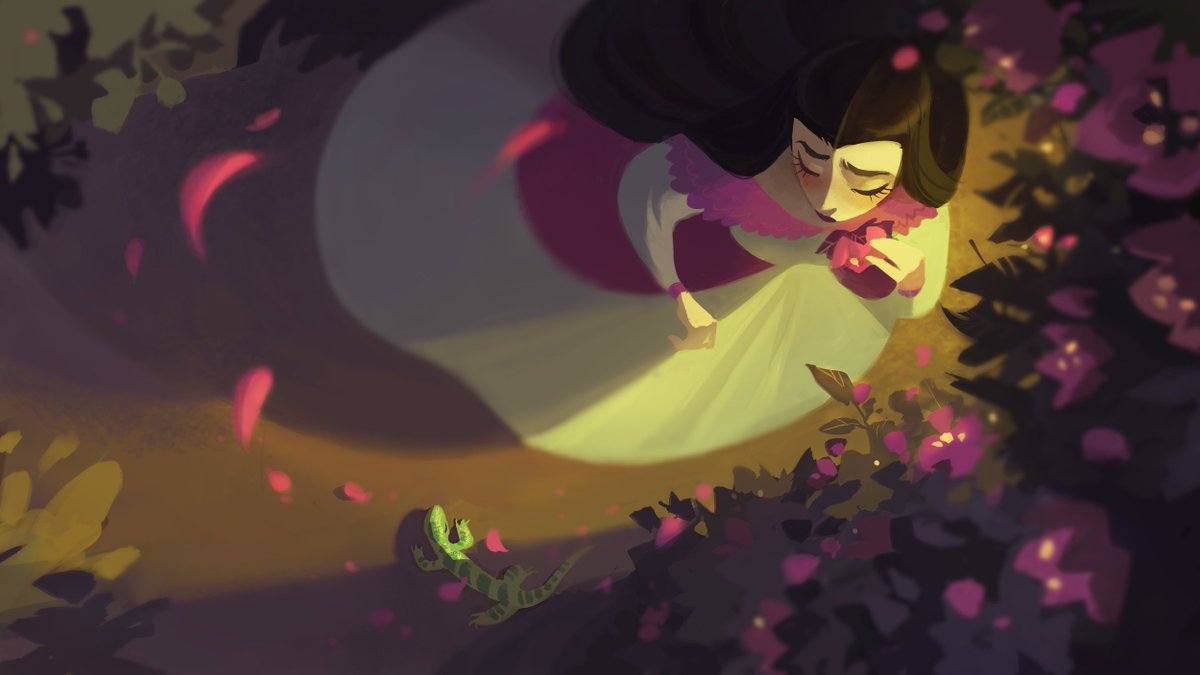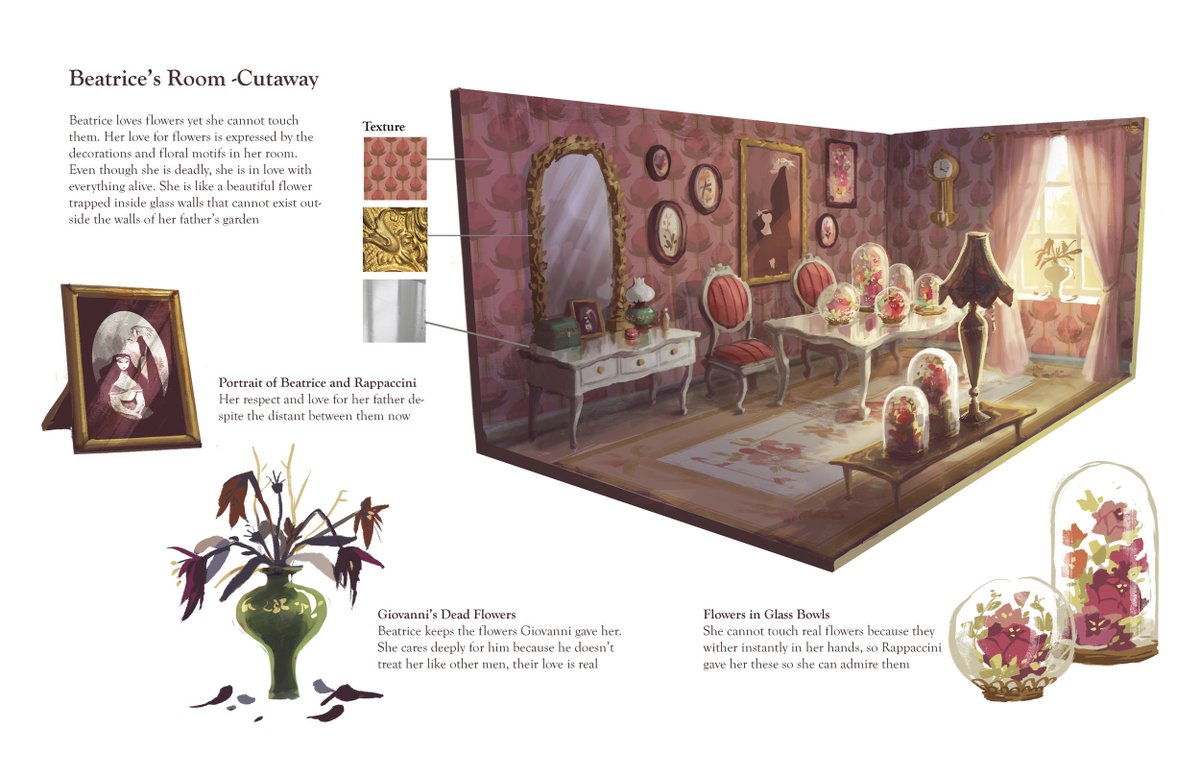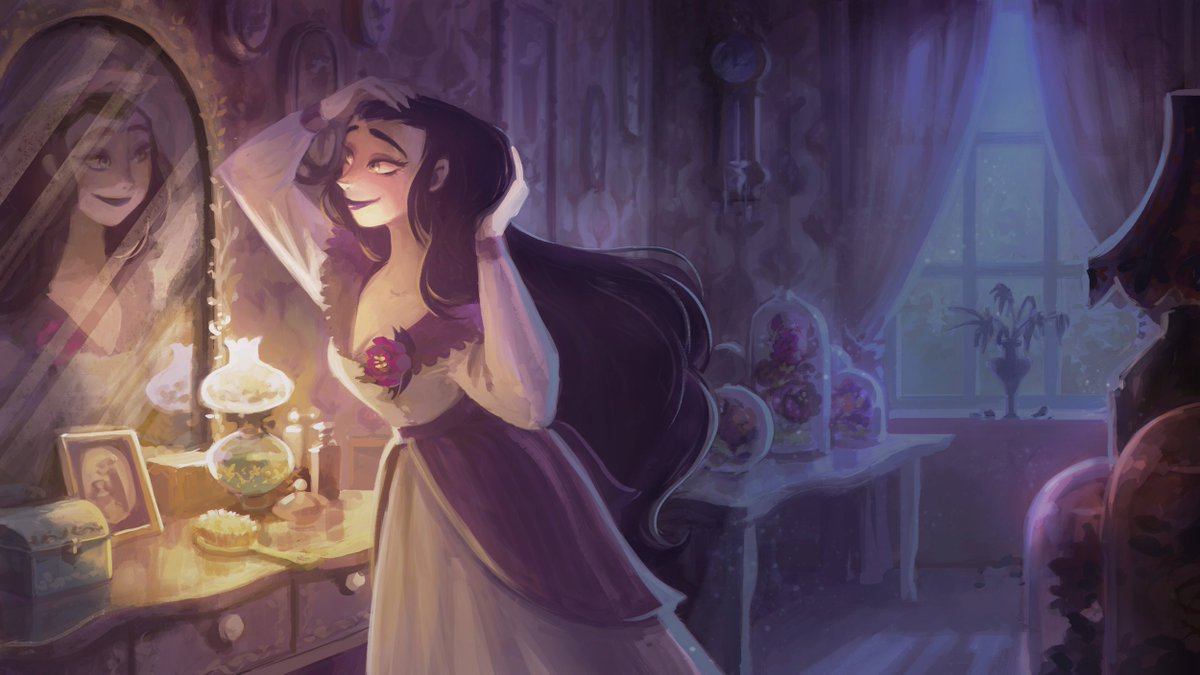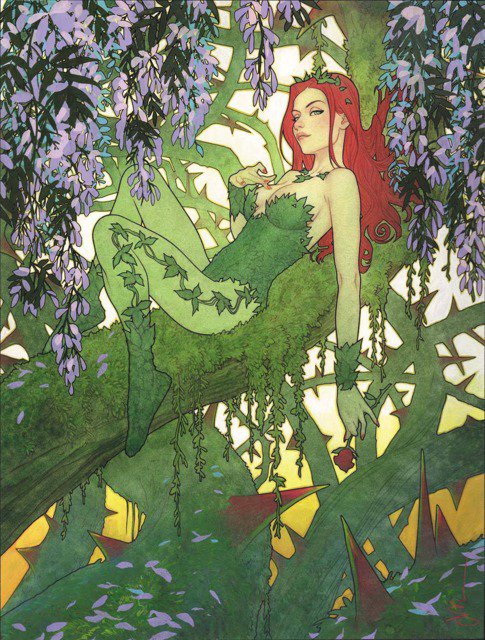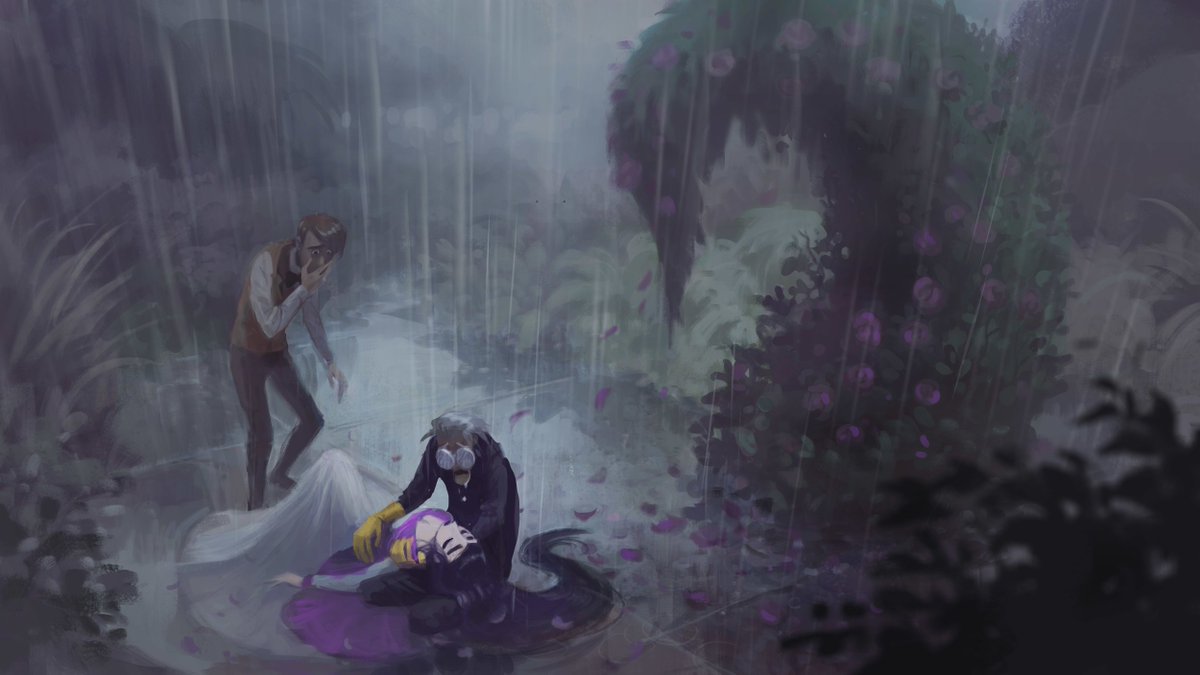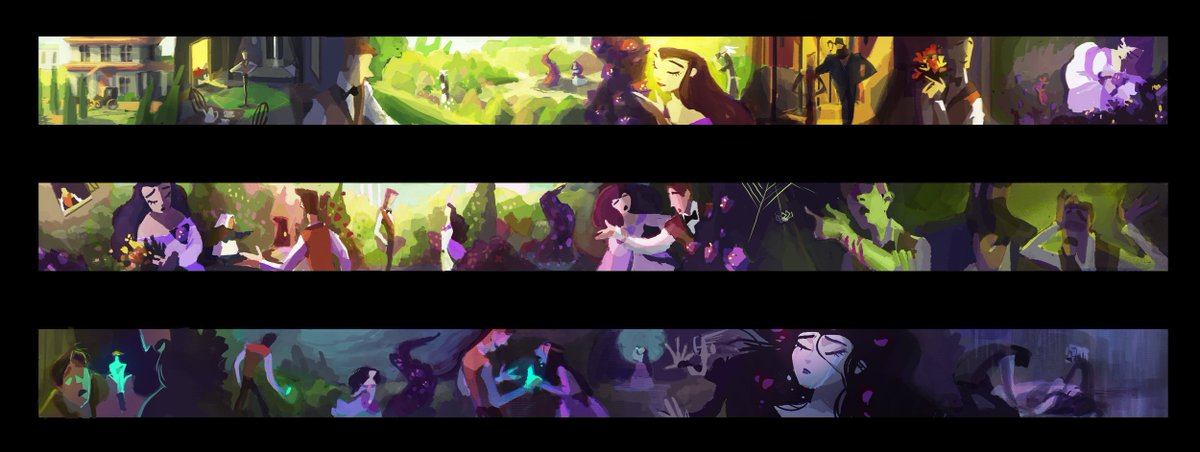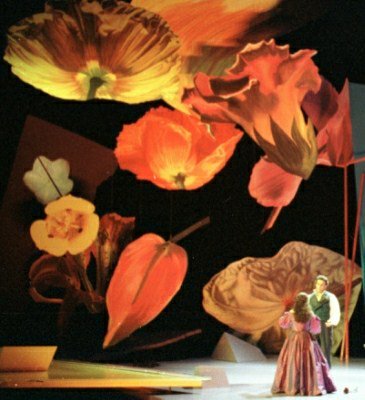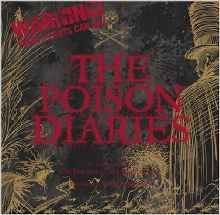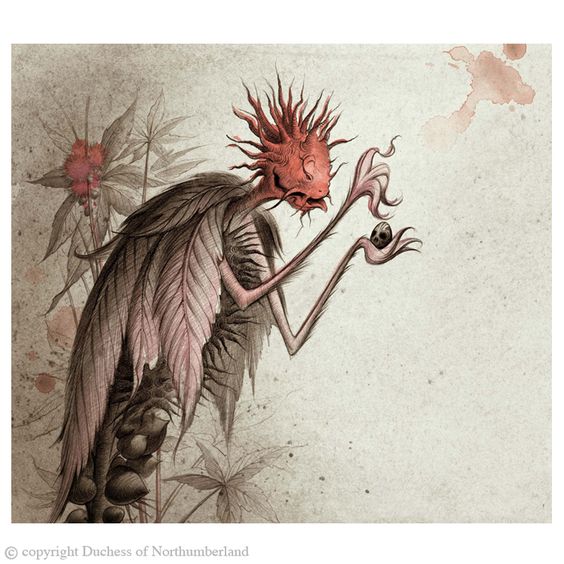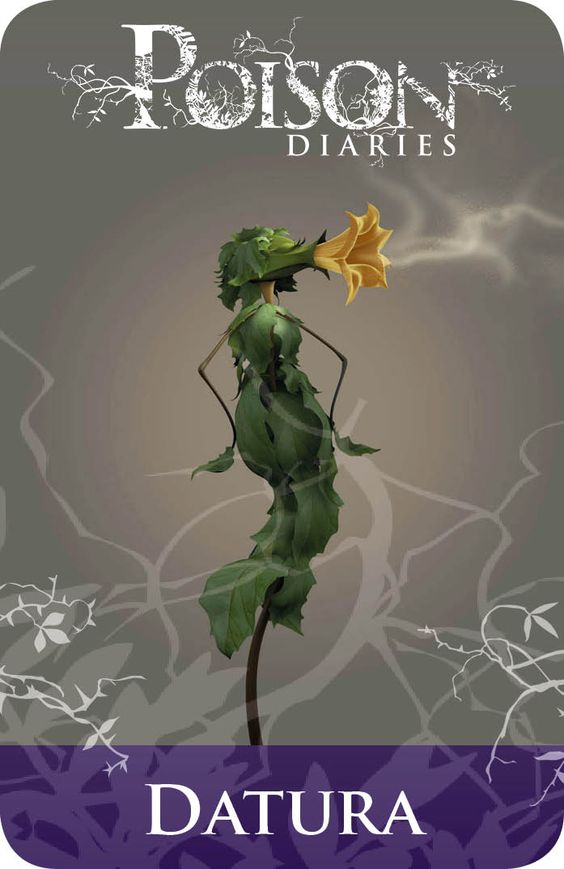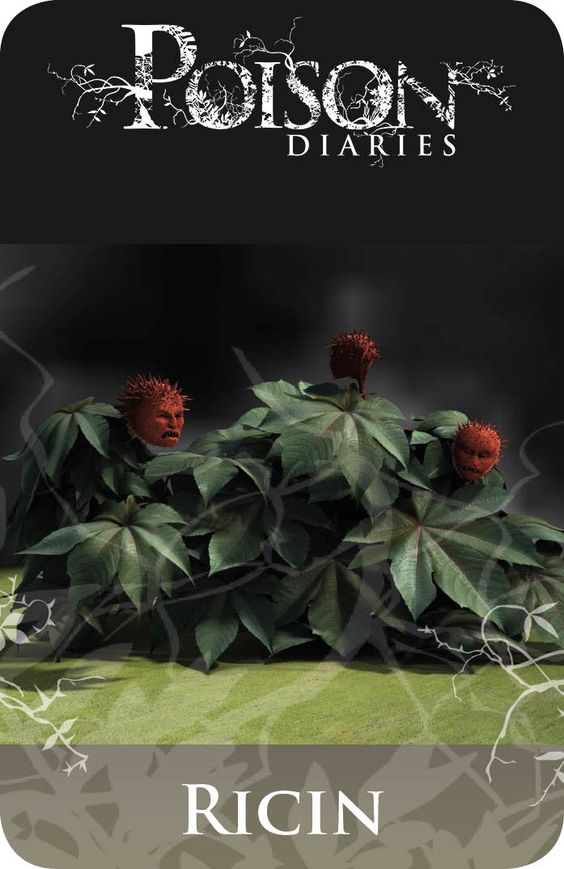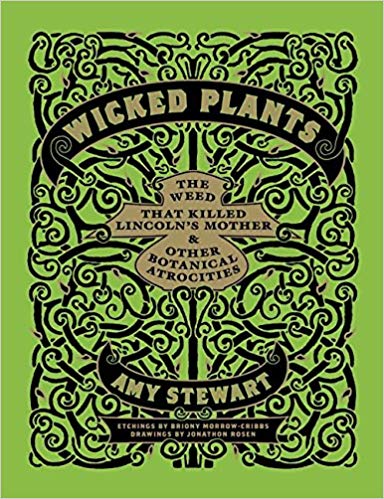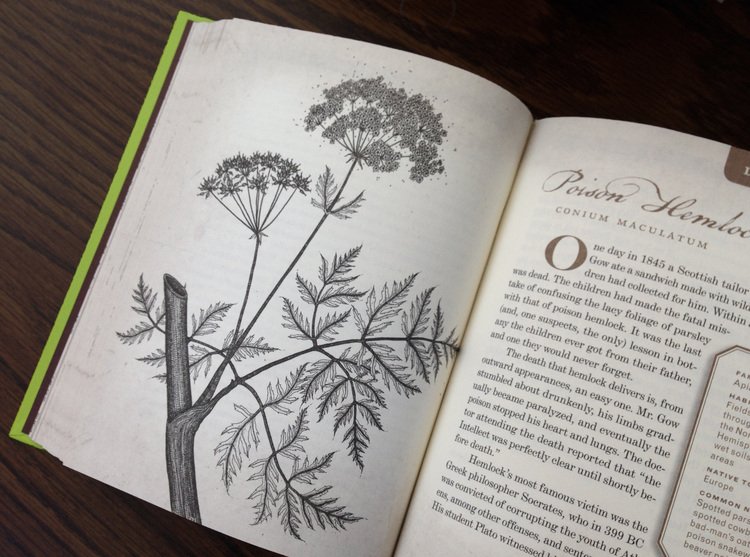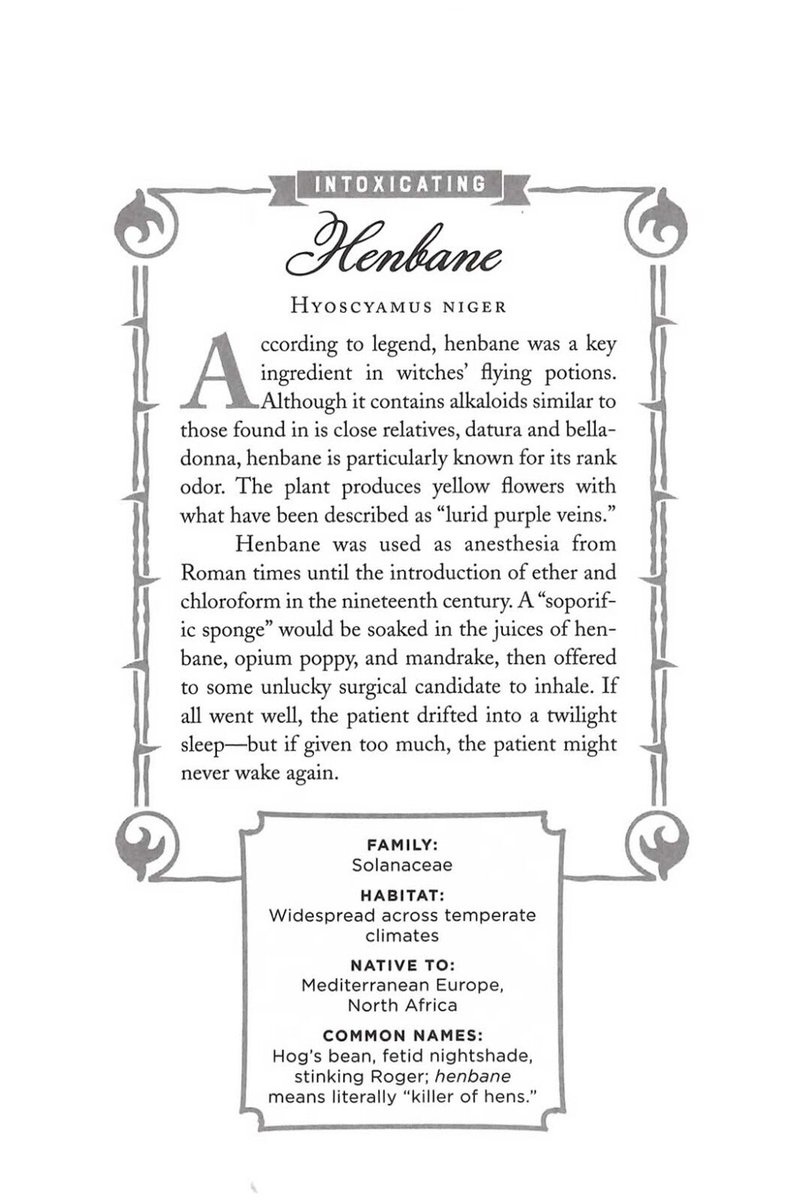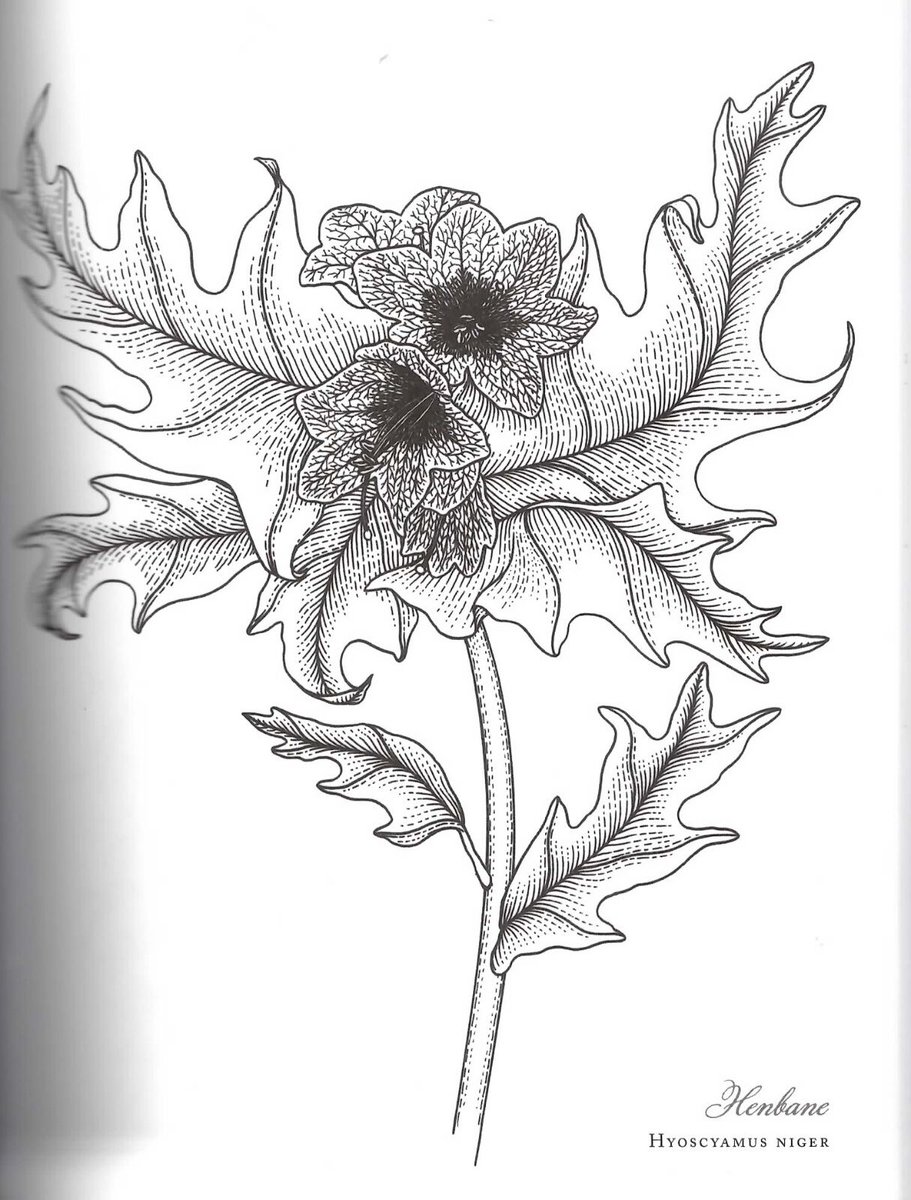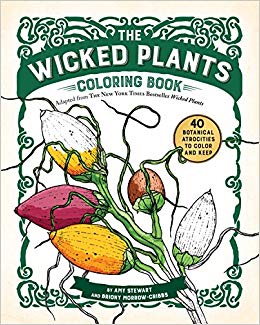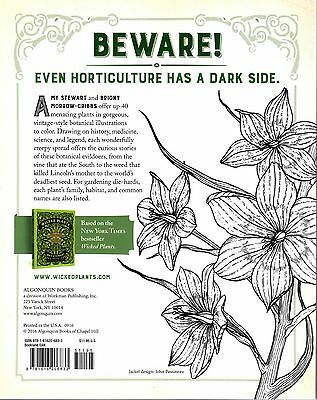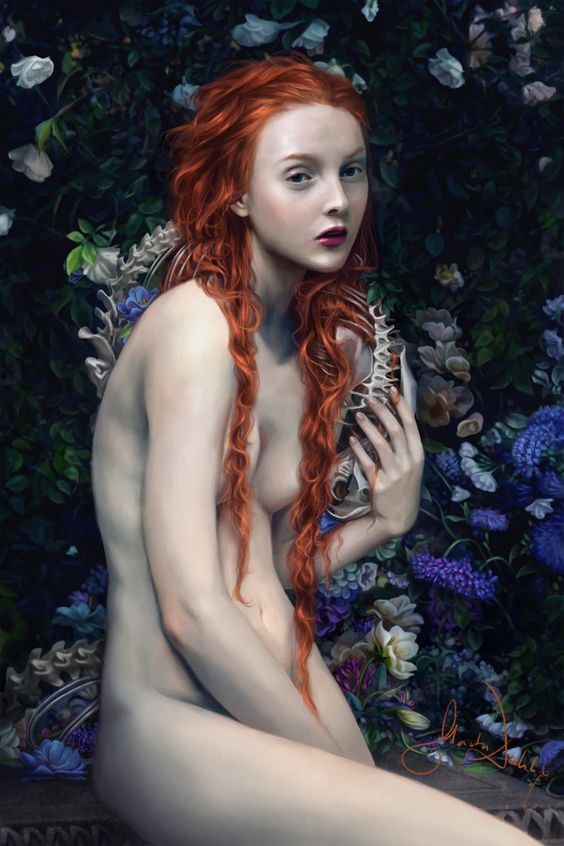The New 42nd Street Presents at The New Victory Theater
Ajijaak on Turtle Island
Contemporary Native American Story by IBEX Puppetry
Co-directed by Heather Henson and Ty Defoe
Featuring Puppets from Jim Henson’s Creature Shop™
Opens March 1
From the press release:
Visionary puppet artist Heather Henson and Grammy-Award winner Ty Defoe (Come to Me Great Mystery) bring together an ensemble of North American First Nations Peoples in this compelling production produced by IBEX Puppetry, written by Defoe (Straight White Men) with music by Kevin Tarrant (SilverCloud Singers), Grammy-nominated Dawn Avery, Grammy winner Larry Mitchell (Totemic Flute Chants) and Defoe. Ajijaak on Turtle Island, currently on tour throughout the U.S., performs at The New Victory from March 1 - 10, 2019. (New York, NY)
Based on original storyboards by Henson, the daughter of legendary puppeteer Jim Henson, Ajijaak on Turtle Island shares the story of young Ajijaak, a whooping crane who must face her first migration cycle on Turtle Island (North America) after being separated from her family. Along the way, she encounters deer, buffalo, a coyote and turtles, as well as communities of people from Ojibwe, Ho-Chunk, Lakota and Cherokee Nations, living in balance with their environments. When they share their prayers, songs and dances that celebrate life on earth, Ajijaak finds the meaning and strength of her own song.
“We are thrilled to bring Ajijaak on Turtle Island to The New Victory to share this evocative journey with the next generation of storytellers and change-makers,” says Heather Henson. “I am grateful to be able to bring together my passion for visualizing environmental issues with Ty’s incredible storytelling, and look forward to celebrating the talented artists who bring this show to life.”
Puppets from Jim Henson’s Creature Shop™, indigenous songs and dances, and video projections create a transformative experience that honors contemporary Native American cultures and celebrates the harmonious relationships between humans, animals and the environment.
“Native nations assist us in reflecting on how we are taking care of and taking action for the environment. Ajijaak on Turtle Island is a metaphor for how we can be better stewards of our Mother Earth and one another,” says Ty Defoe. “I was inspired by my lived experience and journeys across Turtle Island—with continual visits to landscapes, cousin nations, and communities, and in speaking with elders and youth—to learn how ecological knowledge and sacred wisdom from indigenous people can be shared.”
Ajijaak on Turtle Island is written by interdisciplinary artist Ty Defoe of the Oneida and Ojibwe Nations of Wisconsin, with lyrics by Defoe and Grammy and NAMA-nominated Dawn Avery of Mohawk descent. Music is by Avery & Grammy Award winner Larry Mitchell (Totemic Flute Chants), Kevin Tarrant of The SilverCloud Singers and of the HoChunk Nation of Wisconsin and Hopi Tribe of Arizona, and Defoe. The production also features designs from Christopher Swader and Justin Swader (Scenic), Katherine Freer (Projections), Marika Kent (Lighting), Emma Wilk (Sound), Lux Haac (Costumes), and Jim Henson’s Creature Shop™ (Puppet Design & Fabrication).
The cast includes Tony Enos (Echota Cherokee), Joan Henry (Tsalagi, Nde’, and Arawaka), Wren Jeng, Adelka Polak, Sheldon Raymore (Cheyenne River Sioux), and Henu Josephine Tarrant (Ho-Chunk, Rappahannock, Hopi and Kuna).
Ajijaak on Turtle Island is the result of many years of collaboration between Henson and Defoe exploring the resiliency of both endangered whooping cranes and the indigenous communities that, like the cranes, have lived in harmony with this continent for thousands of years. As a trustee for the International Crane Foundation based in Baraboo, Wisconsin, Henson is inspired by the Foundation’s mission to conserve cranes and their landscapes. Defoe’s work in communities across North America explores the parallels between environment and identity using art to inspire others for cultural and social change. The world premiere presentation of Ajijaak on Turtle Island was in February 2018 at the La MaMa Experimental Theatre Club in New York City.
Check out the trailer below:
Ticket Information
Full-price tickets for Ajijaak on Turtle Island start at $17. Tickets are available online (http://www.newvictory.org) and by phone (646.223.3010).
To purchase tickets in person, the New Victory box office is located at 209 West 42nd Street (between 7th / 8th Avenues). Box office hours are Sunday & Monday from 11am-5pm and Tuesday through Saturday from 12pm-7pm.
About IBEX Puppetry
IBEX Puppetry is an entertainment company, founded by Heather Henson, devoted to health and healing for the planet through artistic spectacle, outreach, and devotion to the fine art of puppetry in all of its mediums. Founded in 2000 and receiving multiple UNIMA (Union Internationale de la Marionette) awards since its inception, IBEX Puppetry supports puppet art in the mediums of film, stage, gallery exhibits, workshops, and artist presentations. IBEX Puppetry produces Heather Henson's own Environmental Spectacles and Sing-Along events. IBEX also nurtures the creation and continuance of contemporary puppetry works by independent artists through the Handmade Puppet Dreams film series, The Puppet Slam Network and IBEX Presents.













